Premium Only Content
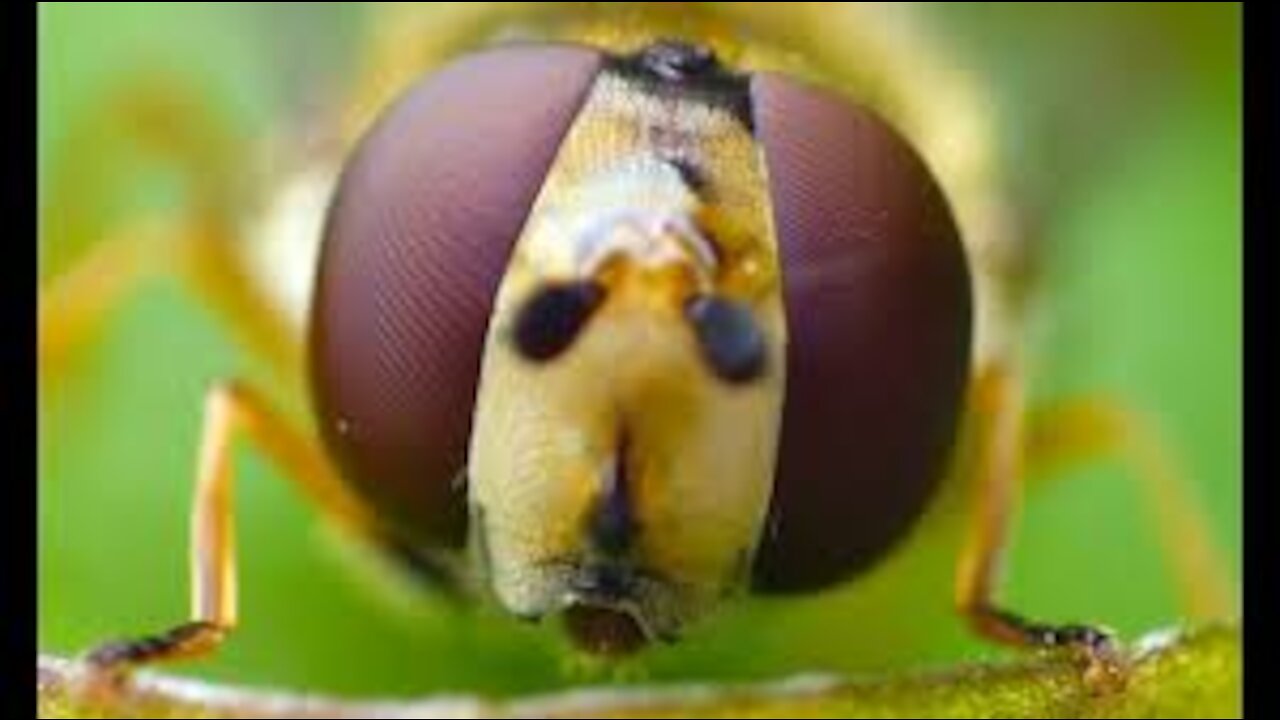
Hoverfly - Macro Videography Macro Shots
Hoverfly
Although these brightly-coloured insects look like bees or wasps, they are in fact true flies and do not sting.
Biocontrol
Hoverfly populations are encouraged by gardeners as their larvae feed on insects like aphids, thrips, and leaf hoppers, which are harmful to plants.
Batesian mimicry is a survival tactic employed by a relatively harmless species to escape potential predators by exhibiting the appearance of a harmful species. The hoverfly employs this tactic to look like a wasp, bee, or even hornet, and is often mistaken by people and predators alike. Being a true fly, it doesn't bite or sting.
Hoverflies, commonly known as flower flies, belong to the Syrphidae family, and hence, they are often also called syrphid flies. They get their common names from their habit of hovering over flowers in order to feed on nectar. Due to their diet of nectar, they also act as pollinators. According to the Encyclopedia Britannica, there are close to about 6,000 species of these flies. They are commonly found throughout the world on all continents except Antarctica.
How to identify a hoverfly?
Adult Hoverfly
The easiest way to identify a hoverfly is via its characteristic hovering, as bees and wasps do not hover much. Other ways to differentiate them involve close physical examination of the fly body. The bristles on the dorsal thorax are short and soft, and the antennae on the head are shorter than those of wasps. These flies are true flies belonging to the order Diptera, and hence have only one pair of wings and not two pairs as in the case of bees and wasps.
The wings of the flower flies also show the presence of a longitudinal "vena spuria", which is a false vein that ends abruptly along the wing. The wing also has two cross veins: upper outer and lower outer cross veins.
-
 0:56
0:56
TJAlex
4 years agoMushroom Macro Videography Tamron SP 90mm Macro lens
904 -
 8:46
8:46
Quadzip
4 years agoHRD V5 Macro Basics
46 -
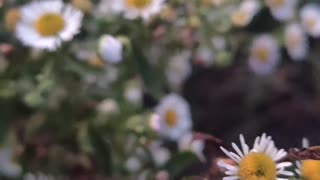 0:33
0:33
tsv1327
4 years agomacro of chamomile
14 -
 26:38
26:38
aplusphotographyLLC
4 years ago $0.11 earnedWedding Videography
1521 -
 0:24
0:24
PaulRimmer
4 years agoMacro Movements
2631 -
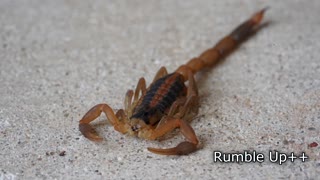 0:30
0:30
Art Beauty Photography & Videography
4 years agoMacro Photography Scorpion Closeup Slideshow!
643 -
 0:24
0:24
tsv1327
4 years agointeresting macro in the evening
7 -
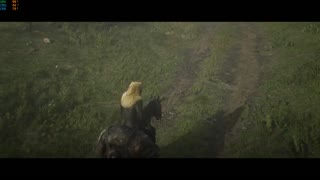 0:28
0:28
Old Glory Gaming
4 years agoRDR2 Cinematic Shots
50 -
 0:28
0:28
307 Gaming
4 years agoSolid shots
37 -
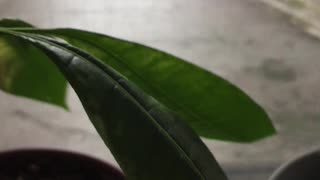 0:09
0:09
deagenstout
5 years agoPlant macro
331